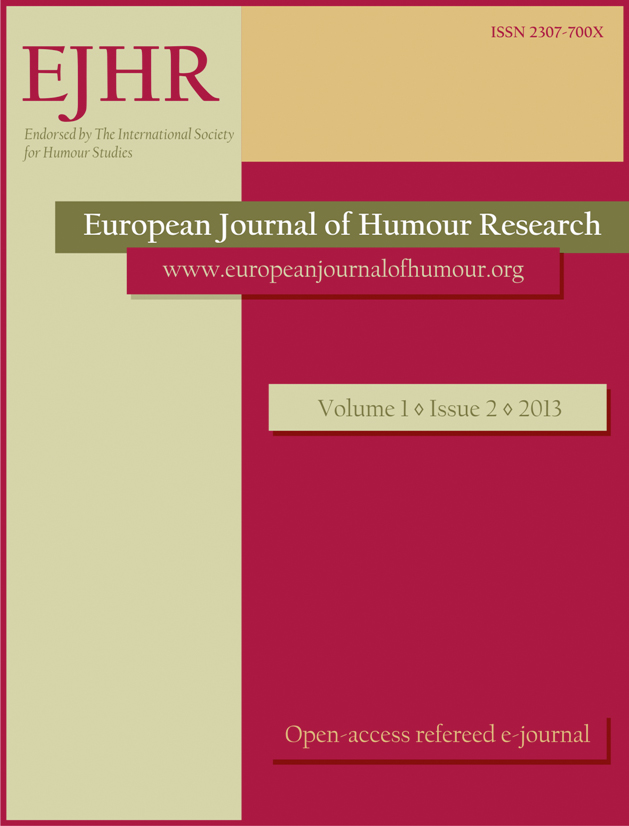Relevance Theory and political advertising.
Relevance Theory and political advertising.
A case study
Author(s): María Jesús Pinar SanzSubject(s): Politics / Political Sciences, Anthropology, Social Sciences, Language and Literature Studies, Media studies, Theoretical Linguistics, Applied Linguistics, Communication studies, Pragmatics, Sociolinguistics, Politics and communication, Politics and society
Published by: Krakowskie Towarzystwo Popularyzowania Wiedzy o Komunikacji Językowej Tertium
Keywords: Relevance Theory; Incongruity Theory; verbo/visual intersemiosis; political billboards;
Summary/Abstract: This paper aims to apply Sperber & Wilson’s Relevance Theory (1986; 1995; 1987) and the two stage incongruity-resolution theory of humour (Attardo 1994) to explain how humorous interpretations are produced in a corpus of political billboards published by the Labour Party in the 1997, 2001 and 2005 British election campaigns. The intersemiosis (O’Halloran 2008) between the verbal and the visual will be taken into account in order to decode the meanings transmitted. It will be suggested that the viewers’ access to background beliefs and assumptions in order to form a context against which new incoming information can be processed is also essential in order to decode meaning. The extraction of strongly or weakly implicated information is a good source of humorous effects. It will also be suggested that the interpretation depends on the viewer’s ideology, as “relevance is always relevance to an individual” (Sperber & Wilson 1986: 142).
Journal: The European Journal of Humour Research
- Issue Year: 1/2013
- Issue No: 2
- Page Range: 10-23
- Page Count: 14
- Language: English

